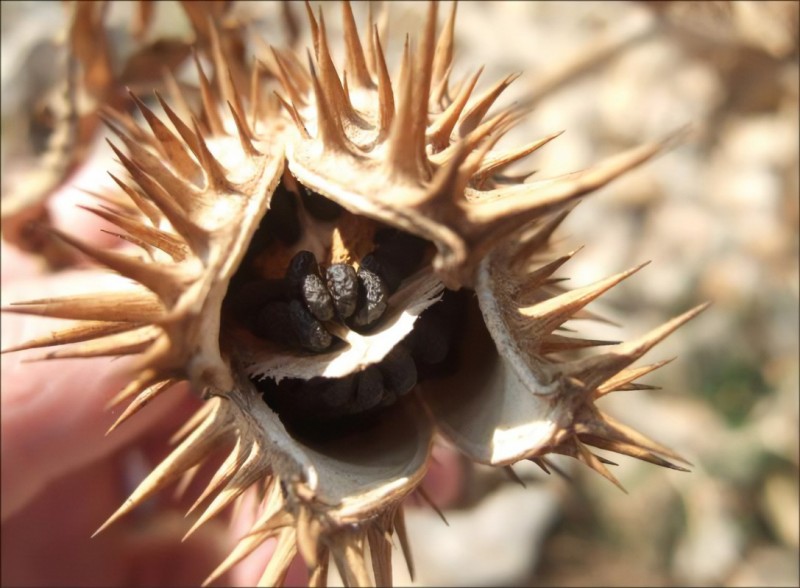
When it comes to indoor gardening and houseplants, many people enjoy the beauty and serenity that greenery can bring to their homes. However, not all plants are suitable for indoor cultivation, and some can pose serious risks to your health and well-being. In this article, we will explore seven deadly plants that you should never keep indoors to ensure a safe and healthy living environment.
Description: Oleander is a popular outdoor ornamental shrub known for its vibrant flowers. However, it contains toxins called cardiac glycosides that can be lethal if ingested.
Risks: Ingesting any part of the plant, even small amounts, can lead to symptoms such as nausea, vomiting, irregular heartbeat, and, in severe cases, death.
Description: The castor bean plant is recognizable by its large, spiky leaves and unique seed pods. It contains the deadly toxin ricin.
Risks: Ingesting a single castor bean can result in organ failure and death. Even handling the plant without proper care can lead to skin irritation.
Description: Deadly nightshade is a small, bushy plant with dark purple or black berries. All parts of this plant contain potent alkaloids.
Risks: Ingesting deadly nightshade can cause hallucinations, seizures, and, in extreme cases, death. Even touching the plant can lead to skin irritation.
Description: Foxglove is known for its tall spikes of tubular flowers. It contains chemicals called cardiac glycosides, which affect the heart.
Risks: Ingesting any part of the foxglove plant can lead to nausea, vomiting, irregular heart rhythms, and, in severe cases, death.
Description: Water hemlock is a highly toxic plant found in wetlands and near water sources. It has small white flowers and leaves that resemble parsley.
Risks: Ingesting any part of the water hemlock plant can cause violent seizures, respiratory failure, and death. It is considered one of North America's most toxic plants.
Description: Dumb cane is a popular houseplant known for its attractive foliage. However, it contains oxalate crystals that can cause severe irritation.
Risks: Chewing or ingesting dumb cane can result in painful burning and swelling of the mouth and throat, leading to difficulty breathing and swallowing.
Description: English ivy is a climbing vine that is often used for decorative purposes. While not as deadly as some other plants on this list, it can still pose risks.
Risks: Ingesting English ivy can cause gastrointestinal distress, including vomiting and diarrhea. Additionally, handling the plant may lead to skin irritation.
In conclusion, while indoor plants can enhance the beauty of your home, it's crucial to be aware of the potential dangers they may pose. These seven deadly plants should never find a place indoors due to the serious health risks associated with them. When choosing houseplants, opt for non-toxic varieties to ensure the safety and well-being of your household.
Remember to keep these hazardous plants out of reach of children and pets, and if accidental ingestion or contact occurs, seek immediate medical attention. Safety should always be a top priority when it comes to enjoying the benefits of indoor gardening.
Who is PM Modi's Designer Behind His Trendsetting Look?
Indian Economy Creates 52-Million New Formal Jobs from FY20 to FY23: SBI
Amidst the rising prices of gold, women are liking this type of artificial jewellery